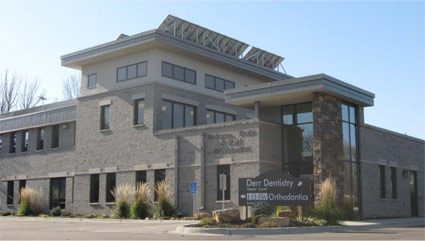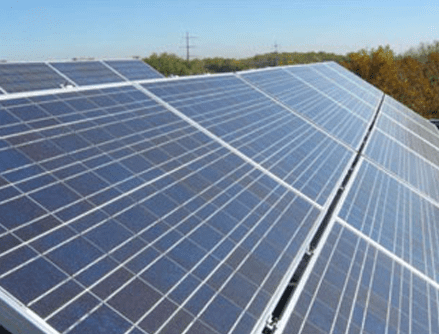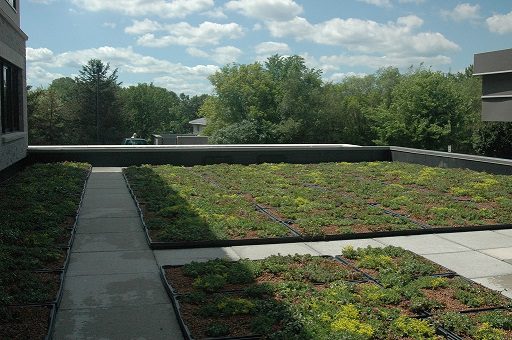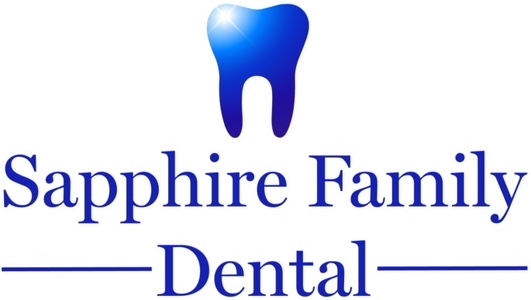Our Office

Our Eden Prairie office offers high quality and comfortable dental care in a professional and relaxed atmosphere. We are located at:
7825 Terrey Pine Court Suite 201 Eden Prairie, MN 55347 (Hwy. 5 and County Rd. 4/Eden Prairie Rd.)
Close to SW corner at the intersection of 5 and 4 (Kowalski’s / Walgreens/ Speedway) in Eden Prairie
Above Ovation Orthodontics (separate entrance)
Our Eco-Friendly Building
24-Panel Solar System
The Eden Prairie dental building at 7825 Terrey Pine Court has added a large 24-panel solar system to their roof to supplement building power needs. The building houses Ovation Orthodontics on the lower level & Sapphire Family Dental on the upper floor. The dentists are showing great leadership in environmental stewardship for the use of both green roof technology & the utilization of a solar power system. The system utilizes 24 Sharp 224 W panels with a maximum output of 5376 W. This advanced system has separate inverters for every panel & each individual panel & inverter’s performance can be monitored through the Internet from anywhere in the world.


Our “Green” Roof
Benefits of a Green Roof
Reduced energy use: Green roofs absorb heat and act as insulators for buildings, reducing energy needed to provide cooling and heating.
Reduced air pollution and greenhouse gas emissions: By lowering air conditioning demand, green roofs can decrease the production of associated air pollution and greenhouse gas emissions. Vegetation can also remove air pollutants and greenhouse gas emissions through dry deposition and carbon sequestration and storage.
Improved human health and comfort: Green roofs, by reducing heat transfer through the building roof, can improve indoor comfort and lower heat stress associated with heat waves.
Enhanced stormwater management and water quality: Green roofs can reduce and slow stormwater runoff in the urban environment; they also filter pollutants from rainfall.
Improved quality of life: Green roofs can provide aesthetic value and habitat for many species.

